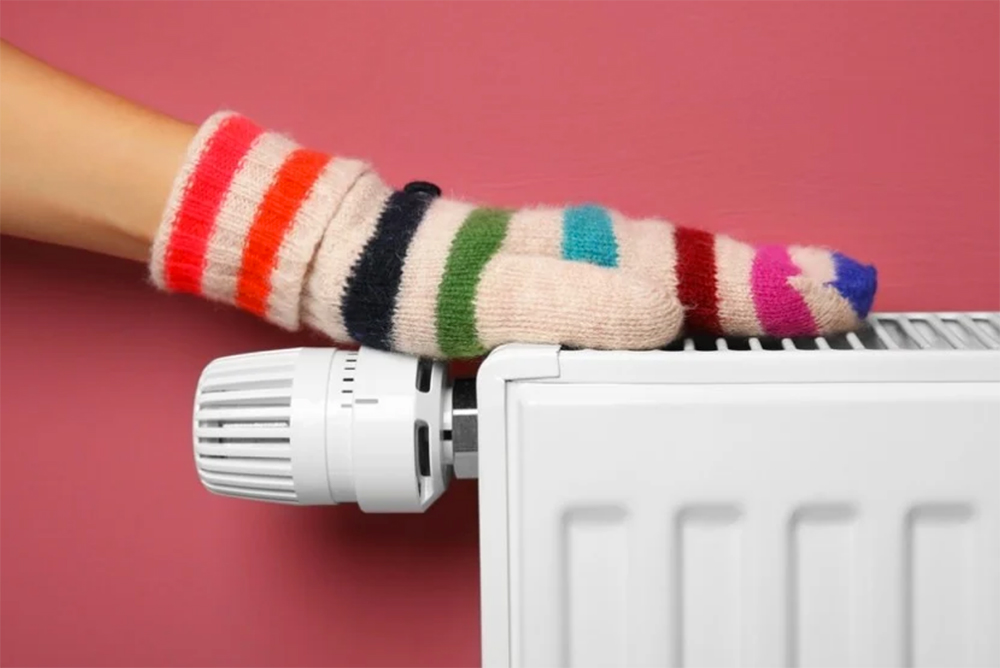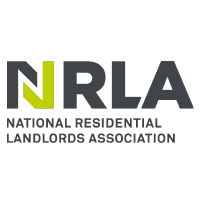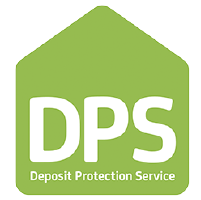
What You Need To Know
Green Homes Grant vouchers worth up to £5,000 will be issued to homeowners in England to make their homes more energy efficient under a Government scheme being launched in September – here’s the latest info we have following an update issued on 4 August.
As part of the Green Homes Grant scheme, eligible homeowners will be able to use the vouchers to help pay for environmentally friendly improvements such as loft, floor and wall insulation or double glazing to replace single glazing.
Chancellor Rishi Sunak outlined the plans, which will see the Government put aside £2 billion for green home upgrades, as part of his economic statement in July. And the Government has now released more details about what the vouchers will cover and who’s eligible.
For more on the help you can get with the Green Homes Grant for energy efficient improvements, see our Free Insulation and Boiler Grants guide. Plus for more on the other big announcements in the Chancellor’s statement, see our Stamp duty cut and 50% off discounts when eating out MSE News stories.
How will the Green Homes Grant work?
The idea is that the Government will give homeowners in England vouchers towards the cost of energy efficient improvements, which should cover much – and in some cases all – of the cost. You’ll have to apply for a voucher once the scheme is up and running in September. You’ll then be able to spend it to improve your home.
The aim of the scheme is to help homeowners and promote energy efficiency, but also to help boost the economy during the coronavirus pandemic by creating jobs.
The Green Homes Grant applies to England only – so unfortunately won’t cover homes in Scotland, Wales or Northern Ireland.
Updated. What will the vouchers cover?
The Government has now, in its 4 August update, confirmed the full list of improvements covered by the scheme.
As expected, it’s more complex than it originally appeared. To qualify for any financial support, you’ll need to be installing at least one of the following “primary” improvements:
- Insulation, including solid wall, cavity wall, underfloor, loft or roof insulation.
- Low carbon heating, such as air-source or ground-source heat pumps, or solar thermal systems, which provide renewable ways of heating your home.
If you already have these measures installed, you can use the vouchers to install “top-ups” – for example, additional loft insulation so it reaches the recommended level – but not to replace what you already have.
The Government also adds that if you’re installing low carbon heating, you’ll also need to have adequate insulation in your home, though this can be installed at the same time as the heating.
Then if, and only if, you’re installing at least one of the improvements above, you’ll also be able to use the vouchers to install the following “secondary” measures:
- Draught-proofing
- Double or triple glazing, or secondary glazing, but only if you currently have single glazing – it won’t cover replacement double glazing.
- Energy efficient doors, where you’re replacing doors installed before 2002.
- Heating controls and insulation, including appliance thermostats, hot water tank thermostats, hot water tank insulation, smart heating controls, zone controls, delayed-start thermostats and thermostatic radiator valves.
But crucially, you can only receive funding for these secondary improvements up to the amount of funding you’re receiving for the primary measures. So for example, if you’ve received £1,000 towards cavity wall and roof insulation, you can only receive a maximum of £1,000 towards any secondary measures, such as double glazing or thermostats.
How much will the vouchers be worth?
For most homeowners, the vouchers will be worth about two-thirds of the cost of the energy efficient improvements, up to a maximum of £5,000 per household. For example, the Treasury says a homeowner installing cavity wall and floor insulation costing £4,000 would only pay about £1,320, with the Government contributing the remaining £2,680 through the voucher scheme.
But those on low incomes will be able to get more – in that case the Government will cover the full cost of the energy efficient improvements, so you won’t have to pay anything, and the vouchers could be worth up to £10,000 per household.
Of course, green improvements such as insulation can also help cut your energy bills, with the Government saying families could be able to save hundreds of pounds a year as a result.
Will anyone be able to get these vouchers?
The Government confirmed on 4 August that all owner-occupied homes (including long-leaseholders and shared ownership properties) will be eligible to use the general £5,000 voucher scheme – though it’s likely leaseholders and those with a share-of-freehold type lease will need to get permission from the (other) freeholder(s) before making any changes that affect the building. We’re checking with the Government how this will work and will add the information here when it’s released.
Landlords of private rented and social domestic housing can also use the scheme, along with park home owners.
It’s also confirmed new-build domestic properties and all non-domestic properties, for example commercial premises, DON’T qualify for the green home vouchers. We’re checking the definition of a new-build home for the terms of this scheme, and will update this story when we have the answer.
And while the Government has confirmed that the Simple Energy Advice service will suggest “appropriate improvements” to homeowners, it says there’s no requirement to use the measures it suggests and owners won’t need to have assessments of their homes. But it’s not yet clear exactly how the approval process for individual improvements will work – we’ve asked for more details and will update this story when we know more.
The Treasury has said it hopes the scheme will help pay for improvements in over 600,000 homes across England.
The boosted £10,000 vouchers, where households won’t need to pay anything towards improvement costs, will be for those receiving at least one income-based or disability benefit. Only owner-occupied homes or park homes will be eligible.
The qualifying benefits are income-based/contribution-based jobseeker’s allowance, income-based/contribution-based employment and support allowance, income support, pension ‘guarantee’ credit, working tax credit, child tax credit, universal credit, disability living allowance, personal independence payment, attendance allowance, carer’s allowance, severe disablement allowance, industrial injuries disablement benefit and housing benefit.
How can I apply for a voucher?
The Government says that homeowners will be able to access advice and support from the Simple Energy Advice service (SEA) about making their homes more energy efficient from “later this month” (August).
The SEA service will then suggest home improvements for which homeowners can apply for funding, and homeowners will be offered a list of approved registered tradespeople in their area to carry out the work.
Once the work is agreed, vouchers will start to be issued from “the end of September”.
Will any firm be able to do this – or just specific installers?
The Government says households will be offered a list of accredited tradespeople in their area who are registered with the scheme to carry out the work.
To be part of the scheme, tradespeople must register for TrustMark or Microgeneration Certification Scheme accreditation.
What about Scotland, Wales and Northern Ireland?
While this new grant only covers homes in England, if you live elsewhere in the UK there are other schemes that offer financial support towards making your home more energy efficient.
There’s full info in the links below, but here’s a quick rundown:
- In Scotland, the Warmer Homes Scheme offers financial help towards installing measures such as wall and loft insulation and draught-proofing if you’re a homeowner or private tenant who’s lived in your home for more than 12 months. You’ll need to fit certain criteria and be receiving certain benefits – check your eligibility via the link above. In most cases all costs will be met by the Scottish Government, though for more expensive improvements you may need to contribute – this can be paid for using an interest-free loan.Under the Home Energy Loan Scheme, owner-occupiers and private sector landlords can get interest-free loans to make energy efficiency improvements such as installing insulation, glazing and heating systems.You can also check area-based schemes run by local authorities in Scotland to see if you can get support with energy efficiency measures where you live.
- In Wales, the Nest Scheme offers free advice on improving home energy efficiency. It also provides free energy efficiency improvements such as insulation and new boilers for those who own or privately rent their homes and either receive a means-tested benefit or have a low income and a chronic respiratory, circulatory or mental health condition.
- In Northern Ireland, you could get a grant of up to £1,000 towards replacing an inefficient boiler that’s more than 15 years old through the Boiler Replacement Scheme, if your household income is less than £40,000.
If you own your home or rent it from a private landlord and have a total income of less than £20,000, you may be able to get grants of up to £7,500 to make improvements such as insulation, heating and window glazing through the Affordable Warmth Scheme.
It’s worth noting though that both these schemes are currently only considering urgent cases due to the coronavirus situation.
See original post on Money Saving Expert
Looking to sell your property in London? Register your property with us for a fast sale. Property Sales.



